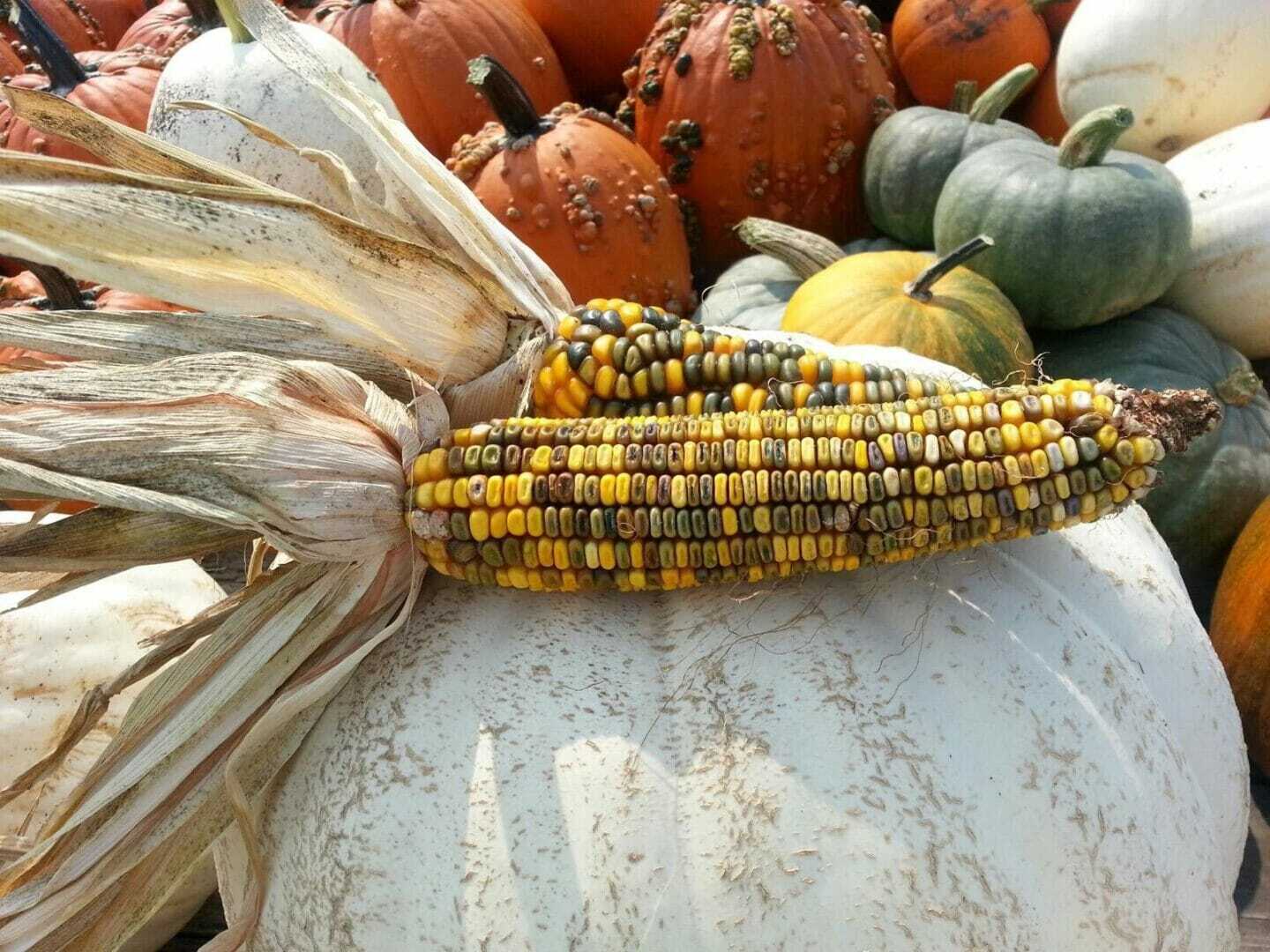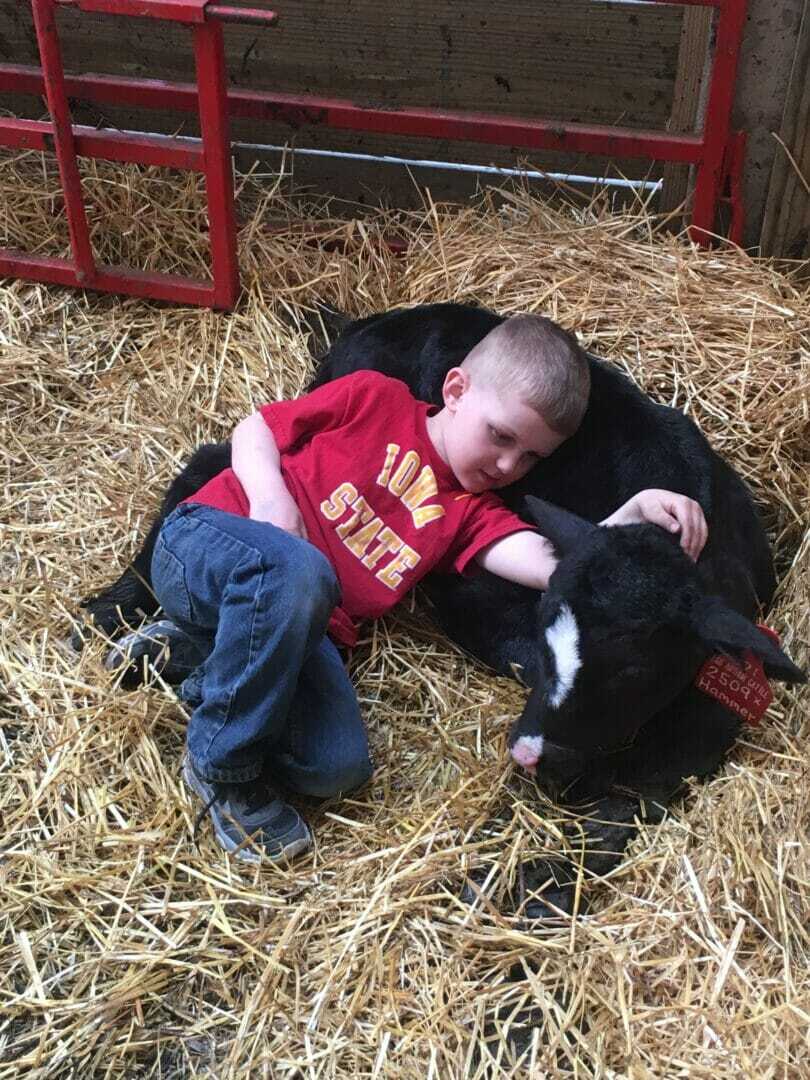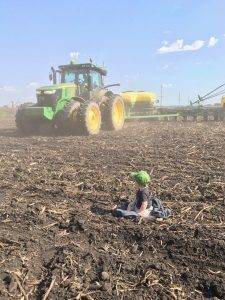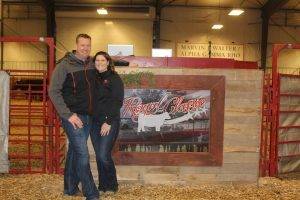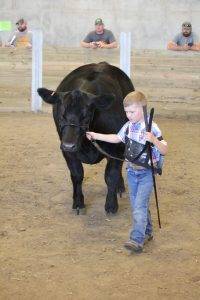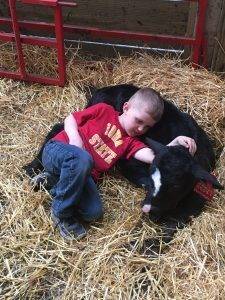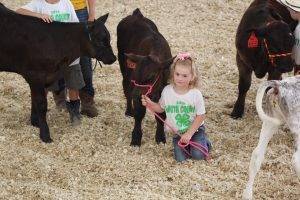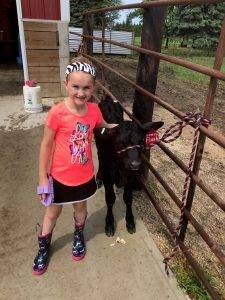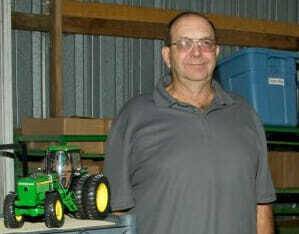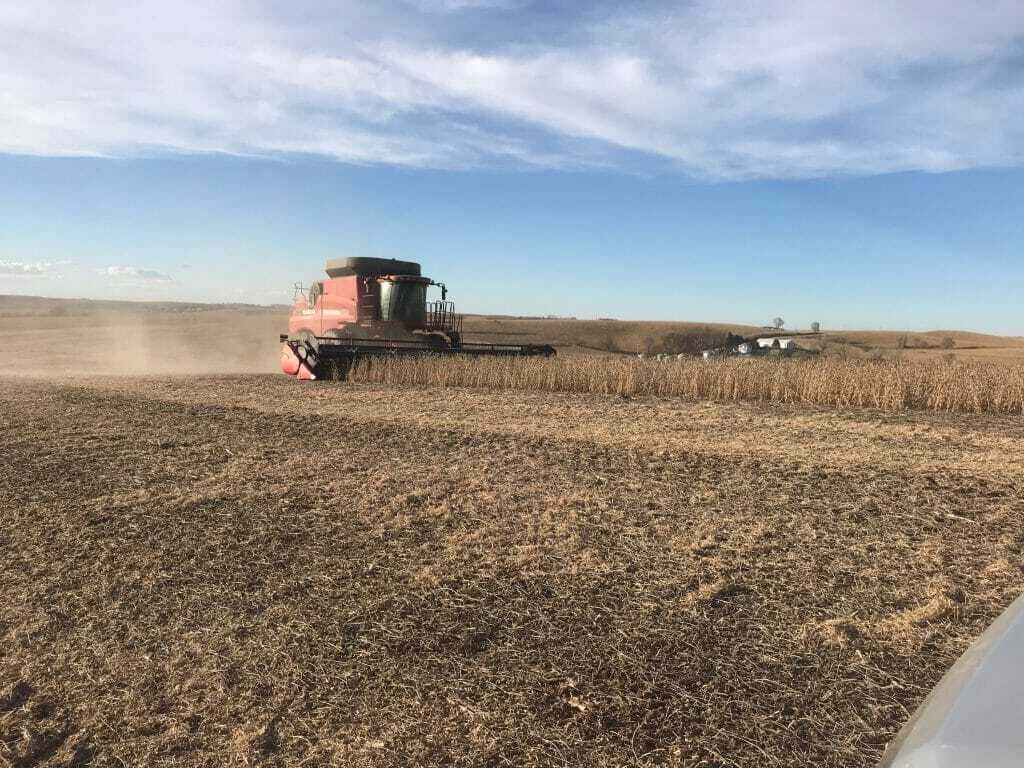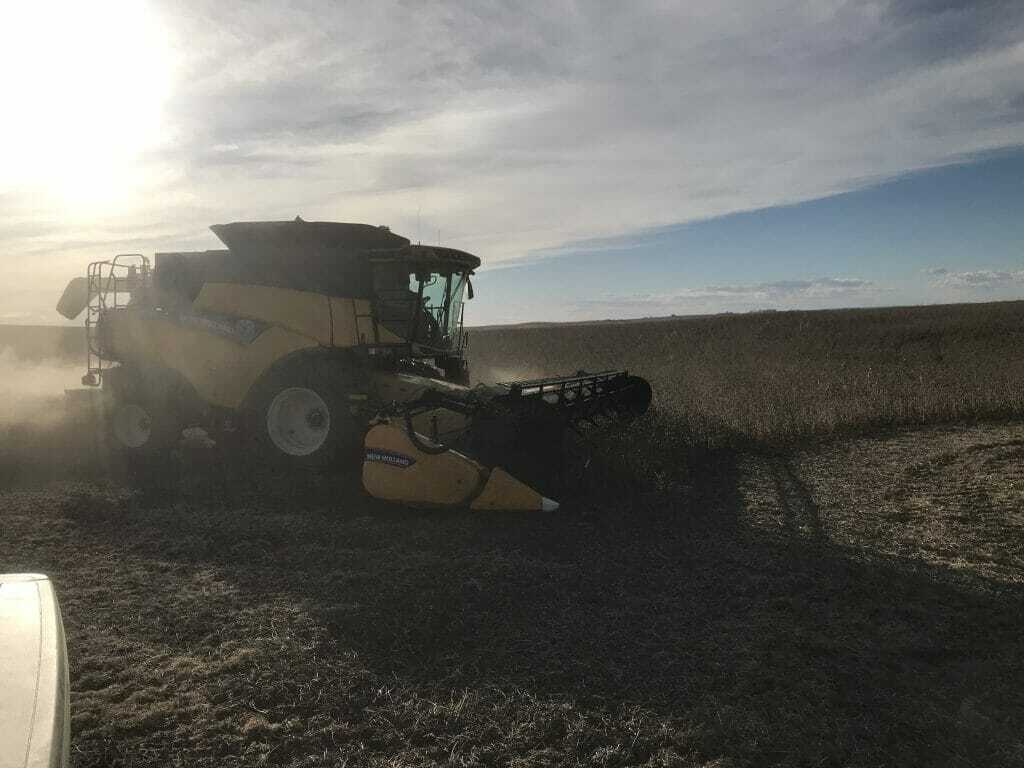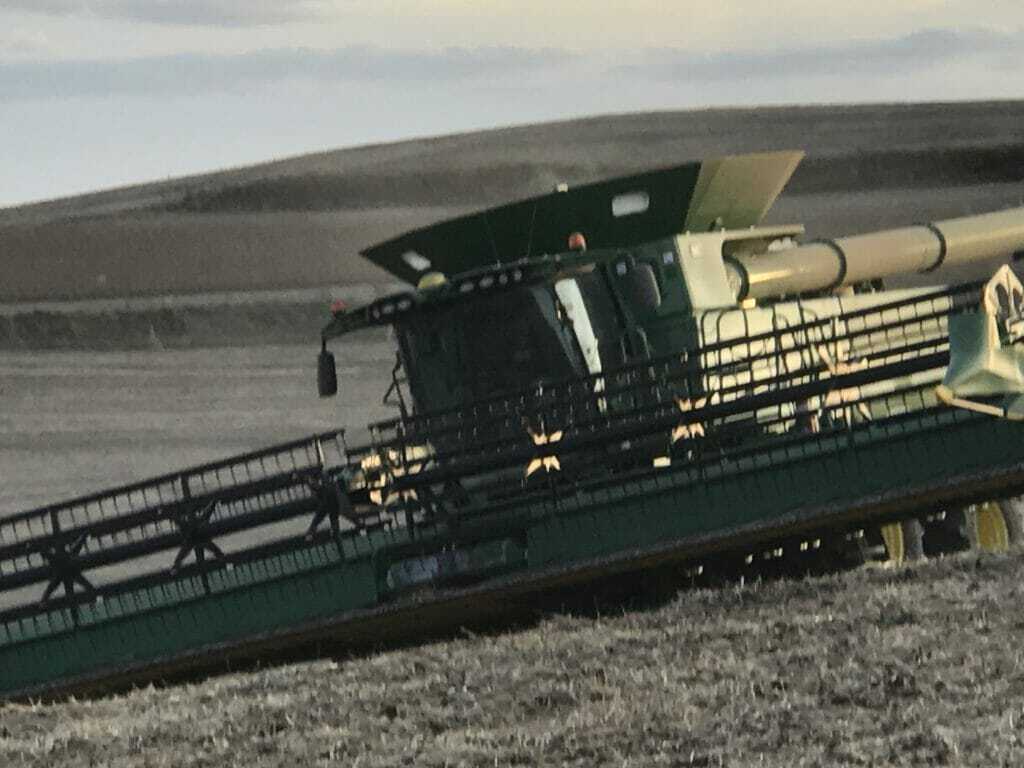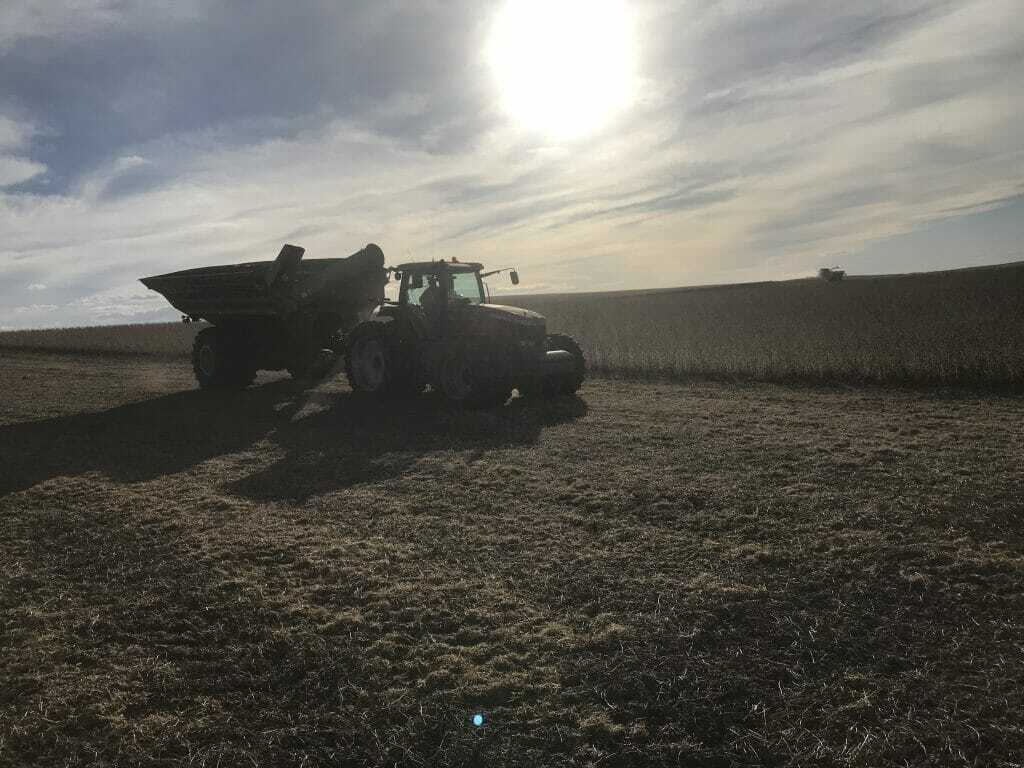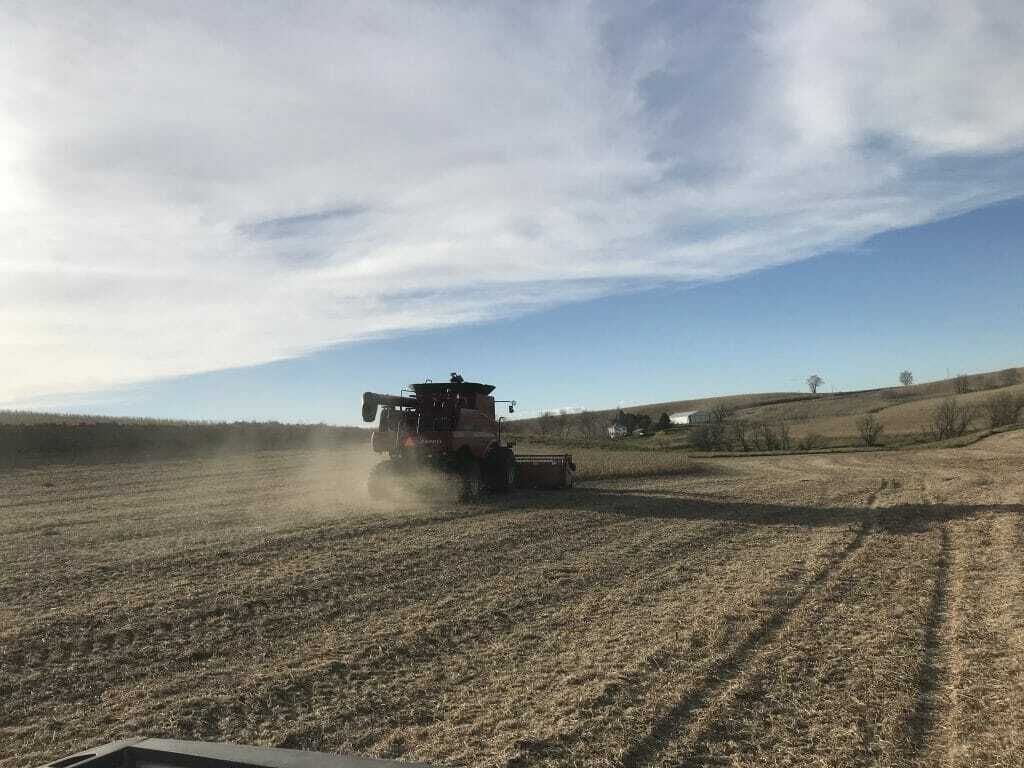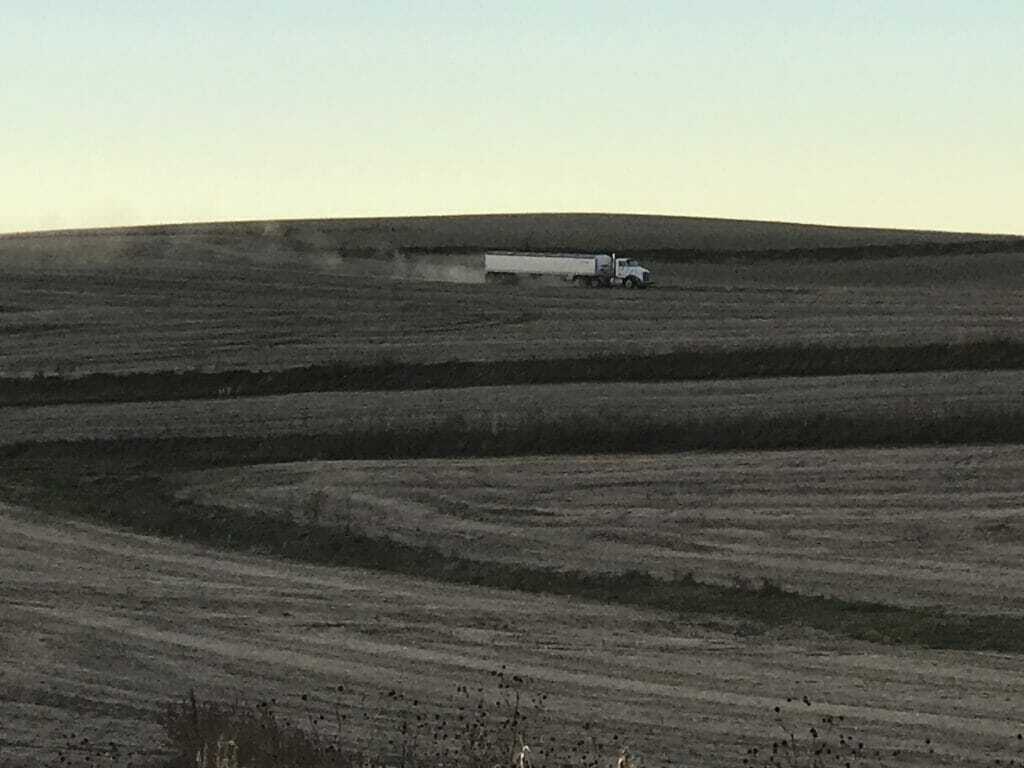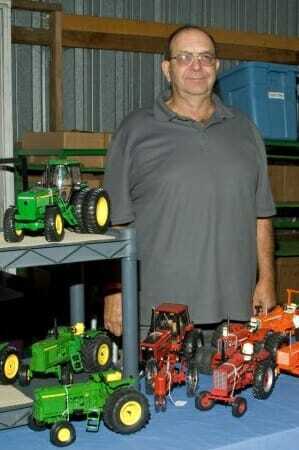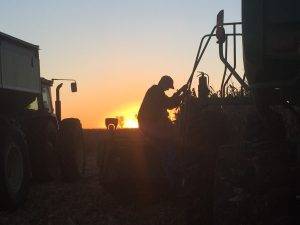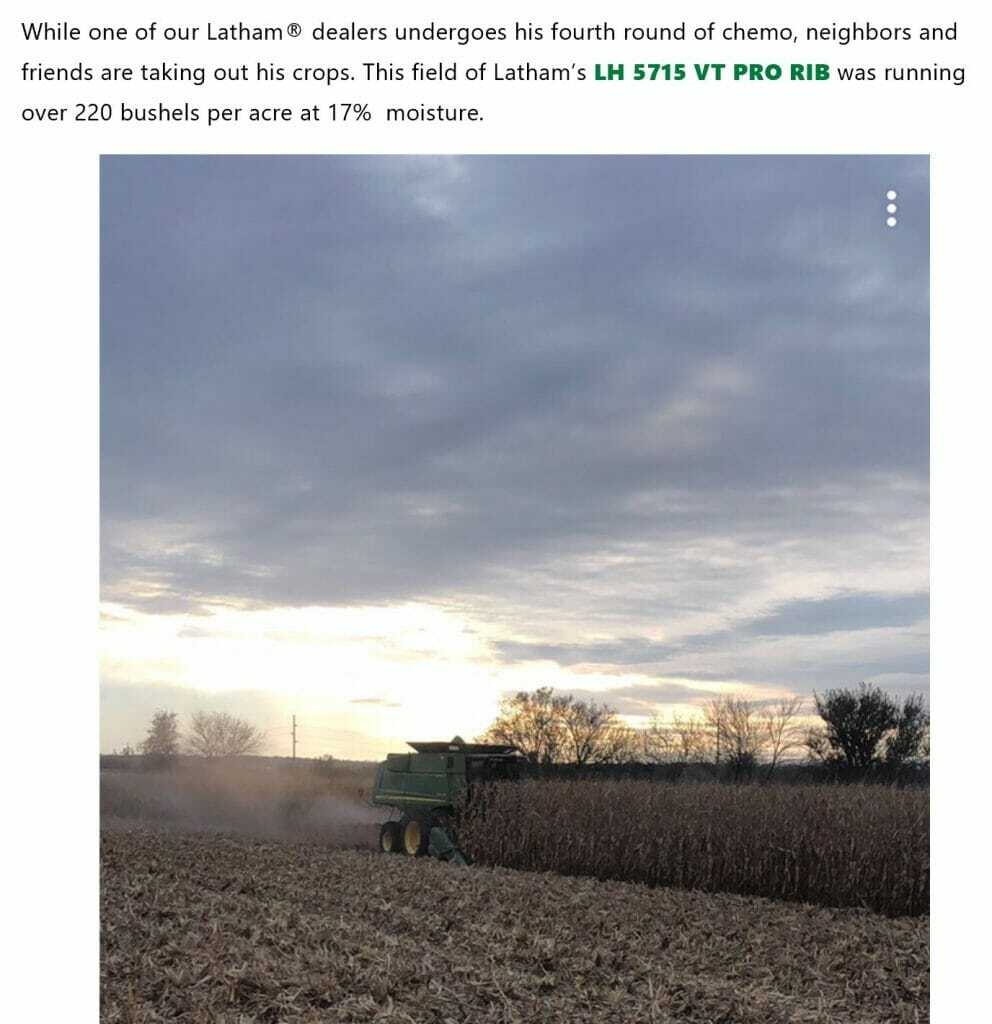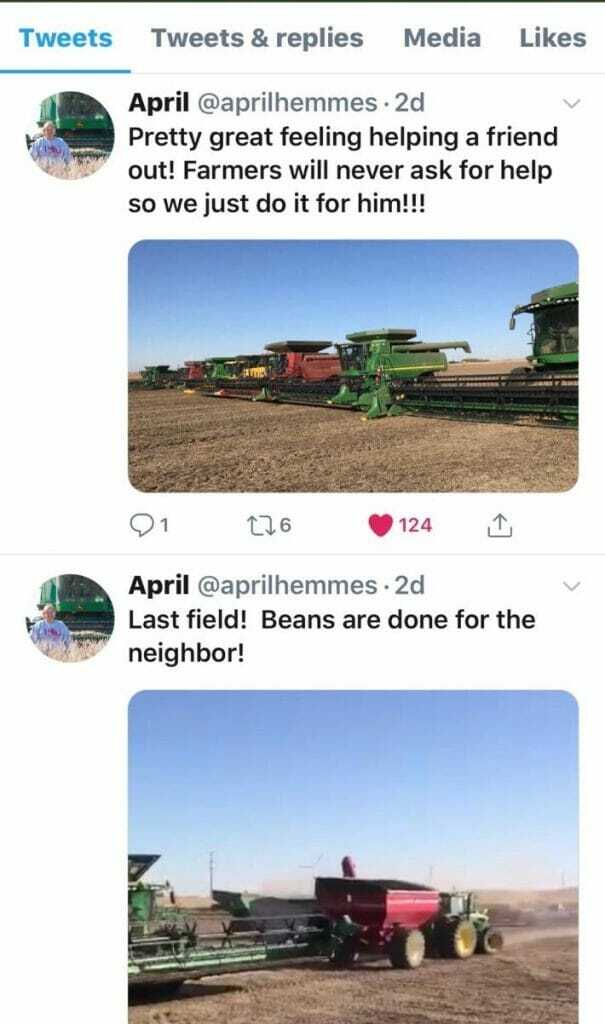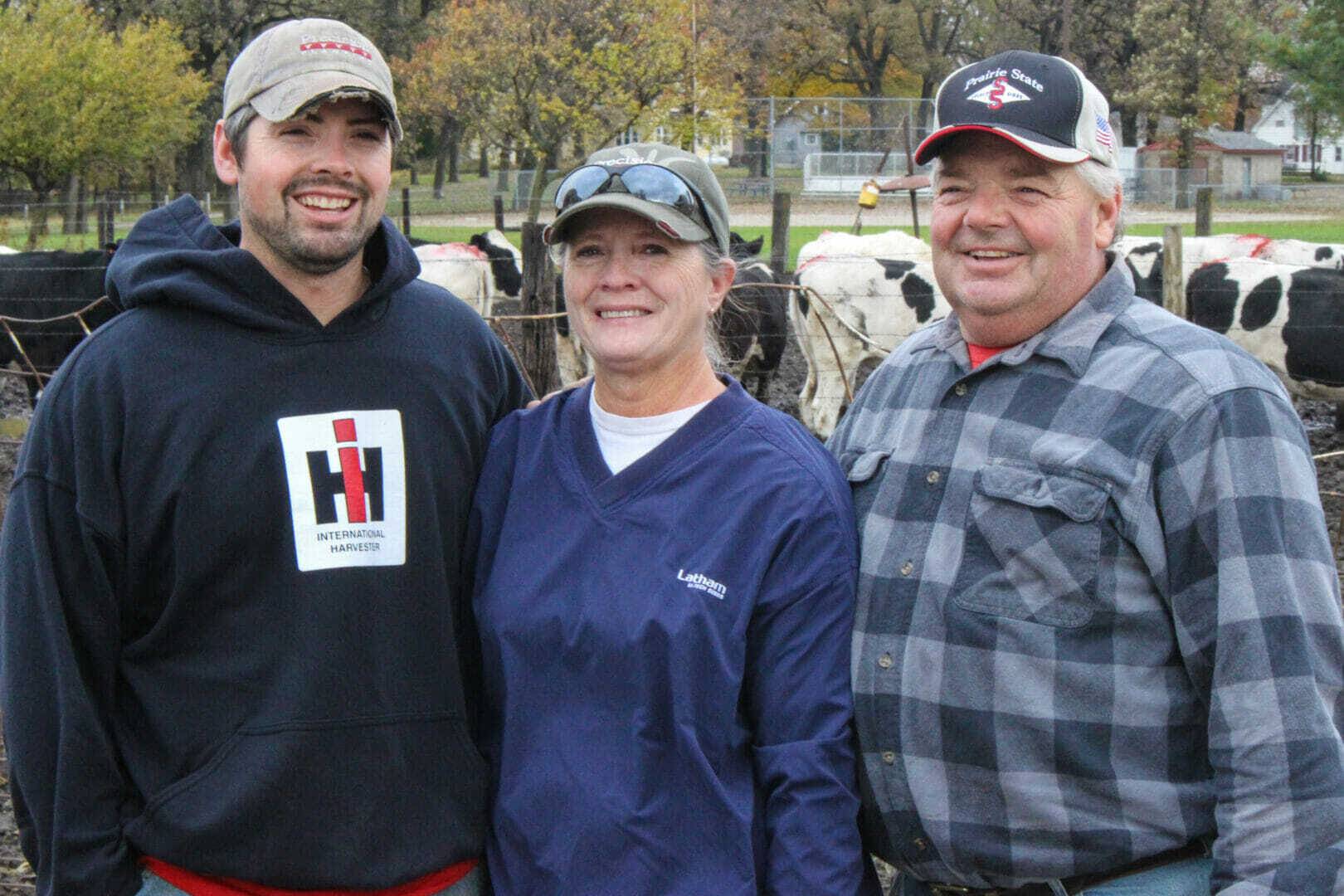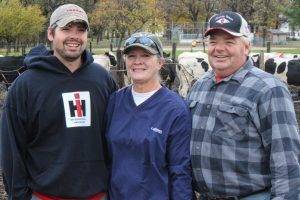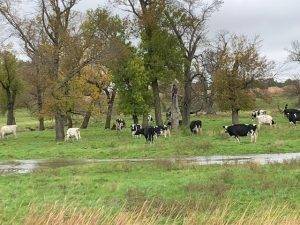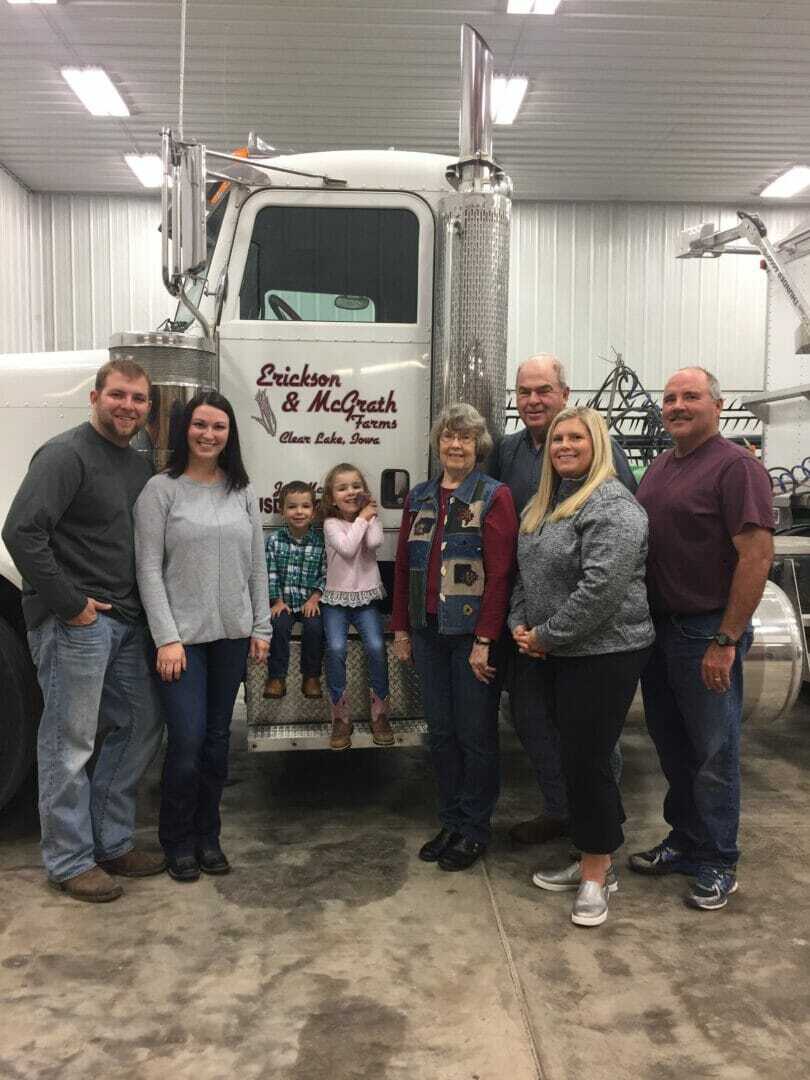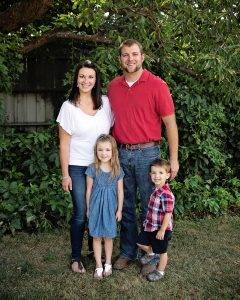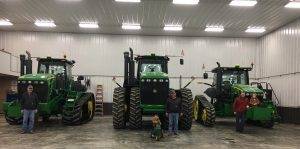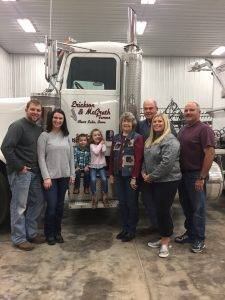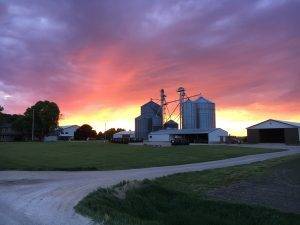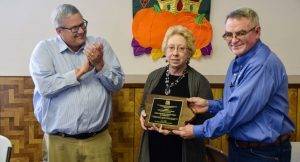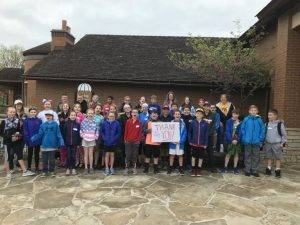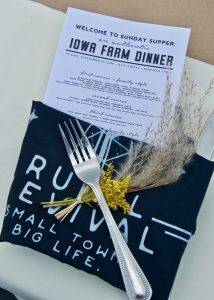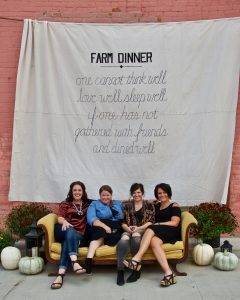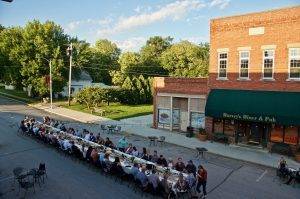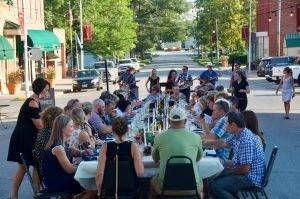Oven roasted turkey. Real mashed potatoes. Cranberry sauce. Pumpkin pie… and the Macy’s parade.
Did you know the very first Macy’s parade was held on Thanksgiving Day 1924 but was called the Macy’s Christmas Parade? It featured a menagerie of circus animals – monkeys, bears, camels and elephants – all borrowed from the Central Park Zoo. Live animals were replaced in 1927 by the giant helium character balloons for which the parade has become known. The parade is also known for ushering in the Christmas season as Santa Clause makes his debut and signals the end of the parade.
One reason I enjoy this parade so much is because I have fond memories of watching it on television when I was a kid. The parade was always on the television while my mom and I prepared side dishes to take to my grandparents’ house. I enjoyed helping in the kitchen, and I loved spending the afternoon playing games with my cousins. Even today I still enjoy watching the parade as I prepare side dishes for our Thanksgiving meal, but I also enjoy other traditions throughout the weekend. Black Friday was reserved for shopping, and on Saturday, we would put up our Christmas tree.
Retail sales that begin on Thanksgiving Day night and the Internet have altered some of our traditions. That might be why I hang onto other traditions so tightly. Each holiday season I look forward to watching holiday classics like the 1947 “Miracle on 34th Street.” This movie includes live shots from the 1946 Macy’s Thanksgiving Day parade. Who knew the Santa Claus riding in the parade that year was actor Edmund Gwenn, who also played Santa Claus in the film? Here’s another fun fact… 1947 is also the year that Latham Seeds was founded by Willard Latham on his North Iowa farm. His wife, Evelyn, was known for her hospitality. She always had fresh coffee and homemade cookies available for customers.
At Latham Hi‑Tech Seeds, we’re proud to carry on the family tradition of providing high quality seeds for farmers in the Upper Midwest. We also are proud to carry on Evelyn’s tradition of hospitality and home cooking. Whether you need to fuel up for a busy day of Christmas shopping or decorating your home for the holidays, start your morning with a warm breakfast. Today we’re sharing with you a recipe from the Iowa Egg Council for Heart Healthy Hash. NOTE: You could substitute leftover oven roasted turkey or cubed ham for the turkey sausage in this recipe.
Looking for other ideas to “remake” your holiday turkey? After holidays, I often freeze leftover cooked turkey in 2-cup portions. That makes weeknight suppers quick and easy! Simply substitute turkey for chicken in recipes like these:
- White (Turkey) Chili
- Chicken Salad Sandwiches
- Sour Cream Enchiladas
- Slow Cooker Tortilla Soup
- Crockpot (Turkey) and Noodles
Recipe below sourced from the Iowa Egg Council.
